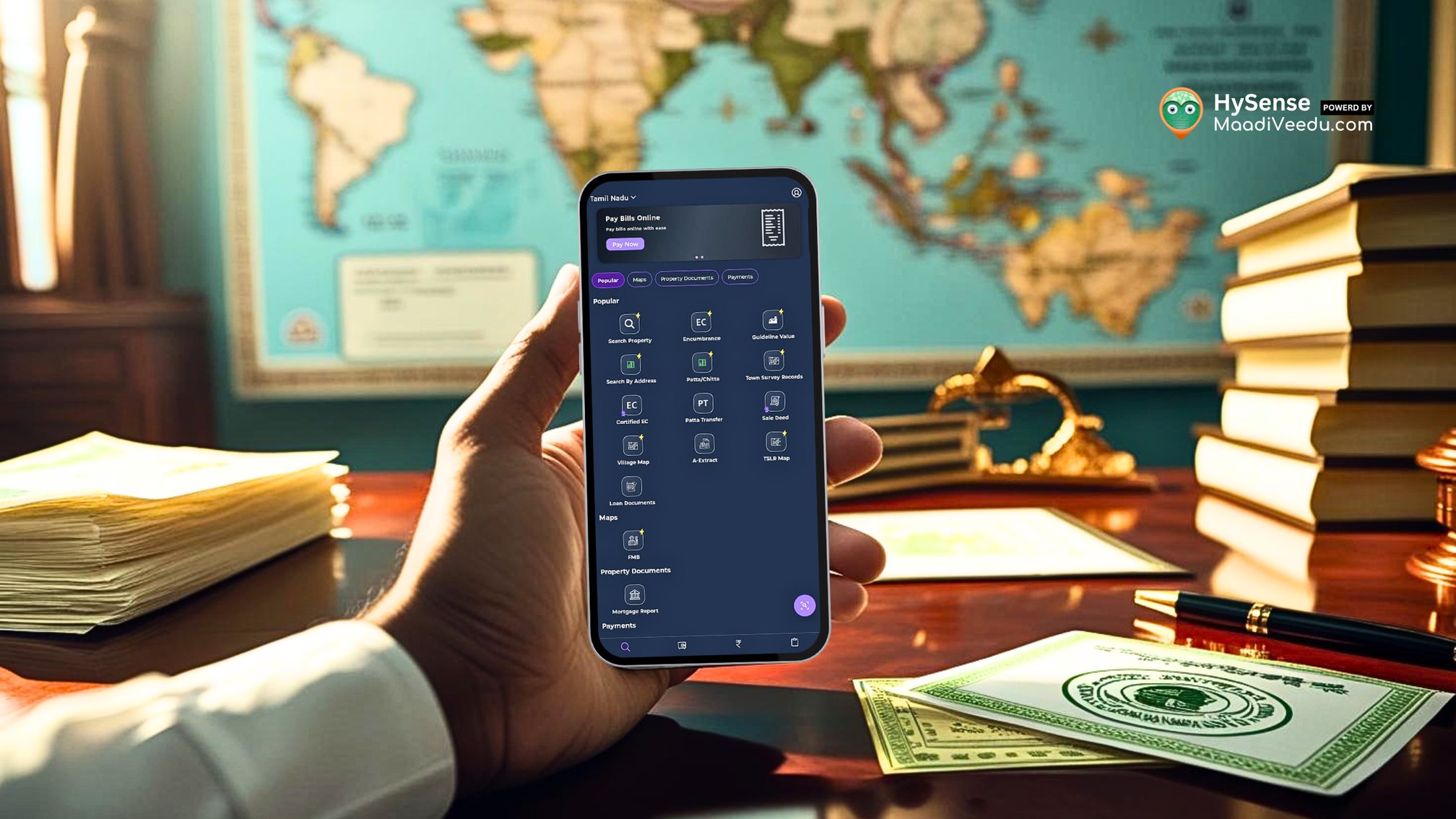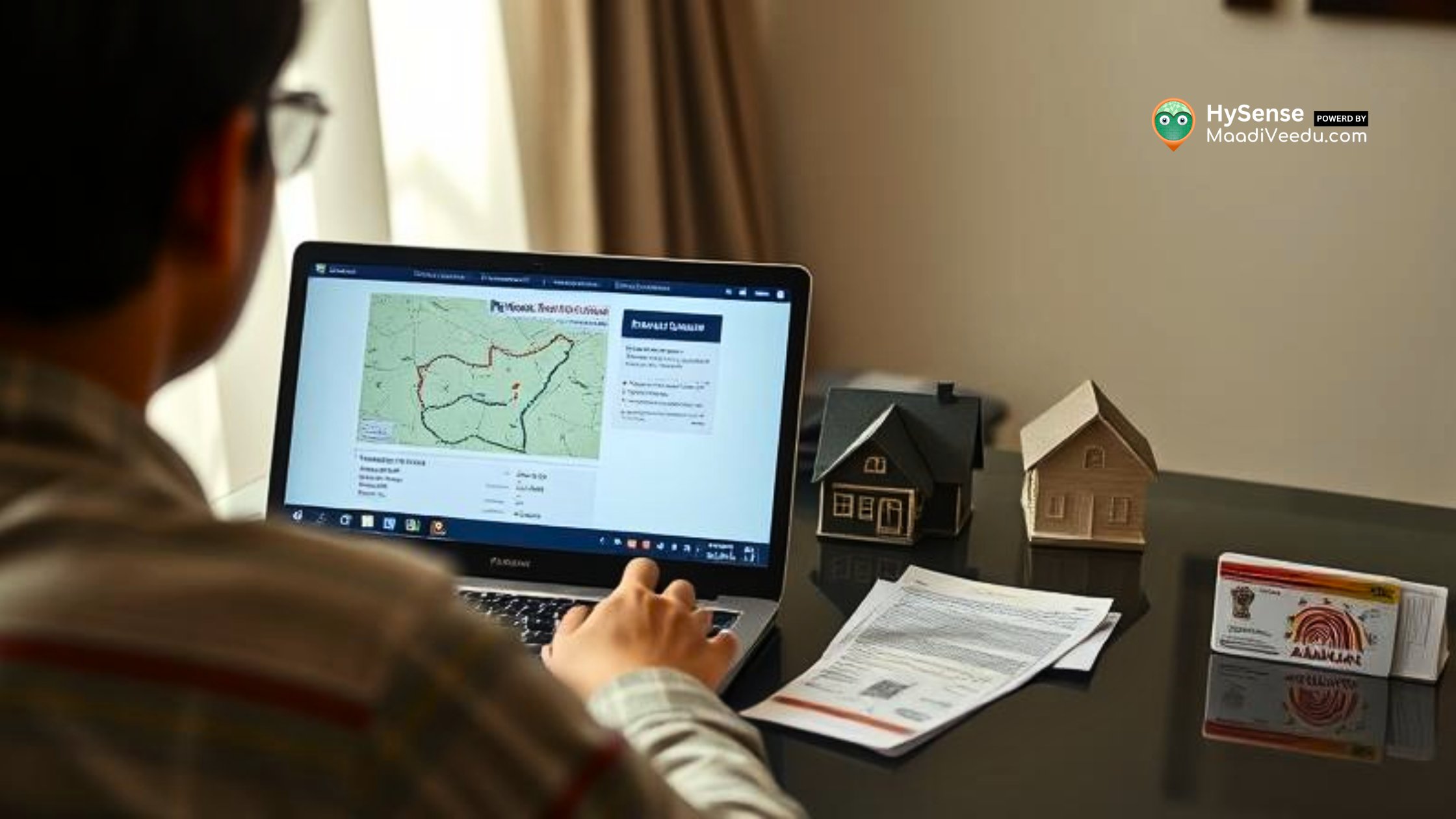How to Get a Home Loan – Eligibility, Documents & Current Interest Rates Explained
Learn how to get a home loan in 2025, check eligibility, documents, and current interest rates for salaried & self-employed applicants.
Table of Contents
Buying a home is one of life’s biggest milestones—but many people get stuck before even starting their home loan application.
Did you know that a small mistake in paperwork or misunderstanding the interest rate can cost you lakhs over time?
Whether you are a salaried professional or self-employed, knowing the steps, documents, and rates in 2025 can save you stress, time, and money. This guide simplifies the home loan process, helping you make informed decisions and secure the best deal for your dream home.
Browse verified property listings to see current prices and availability in your preferred location.
Are You Eligible for a Home Loan?
Before applying, it’s crucial to know if you qualify. Missing key eligibility criteria can lead to rejection or delays.
Key Factors to Check:
- Age: 18–70 years (at the end of the loan term).
- Income Stability: Salary, business, or profession must be regular.
- Credit Score: A score above 750 improves chances and may lower interest.
- Employment: Both salaried and self-employed are eligible with proper proof.
Tip: You can also check land ownership details to better estimate your loan eligibility and property value.
Choosing the Right Lender
Not all lenders are the same. Comparing options ensures you get the best deal.
Factors to Compare:
- Loan-to-Value (LTV) Ratio: Typically up to 90% of property value.
- Repayment Tenure: 5–30 years; longer tenure lowers EMI but increases interest.
- Processing Fees: Usually 0.25–1% of loan amount; confirm hidden charges.
- Customer Support: Quick and reliable support helps during verification and disbursement.
Tip: Explore tools for assessing market value to understand if the lender’s offer aligns with property worth.
Documents You Need to Keep Ready
Having all documents prepared makes the process smoother:
Personal Documents:
- Aadhaar Card, PAN Card, Passport, or Voter ID
- Address proof (utility bills or rental agreement)
Financial Documents:
- Salaried: Salary slips (last 3 months), Form 16, bank statements
- Self-Employed: IT returns (last 3 years), balance sheets, business registration
Property Documents:
- Sale or builder agreement
- Title deed or ownership proof
- No Objection Certificate (especially for apartments)
How to Apply for a Home Loan
You can apply online or at a branch. Here’s what happens next:
- Bank verifies documents.
- Credit check is performed.
- Property may be inspected.
- A sanction letter is issued with the approved loan amount and interest rate.
Tip: Understand property registration steps thoroughly to avoid last-minute surprises.
Understanding the Sanction Letter
The sanction letter is your official approval. It shows:
- Loan amount approved
- Interest rate (fixed or floating)
- EMI and tenure
- Terms and conditions
Important: Review it carefully. Request corrections if anything seems off.
Loan Disbursement Process
- Ready-to-move homes: Full payment goes directly to the seller.
- Under-construction properties: Money is released in stages as construction progresses and inspections are done.
Home Loan Interest Rates in 2025
Current rates range from 8% to 9.5% per annum, depending on profile and type of loan.
Factors Affecting Interest Rates:
- Credit Score: Higher scores = lower rates.
- Loan Tenure: Longer tenure may increase total interest.
- Loan Amount: Larger loans sometimes get better rates.
- Fixed vs Floating: Fixed stays stable; floating varies with market trends.
Use our home loan calculator to estimate your EMIs and plan your budget effectively
Government Support – PMAY for First-Time Buyers
The Pradhan Mantri Awas Yojana (PMAY) offers interest subsidies to first-time buyers.
- Subsidy Amount: Up to ₹2.67 lakh for eligible income groups.
- Eligibility: Annual household income, family ownership, property size, and location.
Tips for a Smooth Home Loan Journey
- Check your credit score regularly.
- Use online EMI calculators to plan repayments.
- Avoid multiple applications at once.
- Save for down payment and extra charges.
- Make prepayments when possible to reduce interest.
Read also:How to Calculate EMI for Your Home Loan – Simple Steps & Practical Tips
Conclusion
Getting a home loan doesn’t have to be complicated. Check your eligibility, compare lenders, prepare documents, and leverage government schemes. With the right planning, you can secure a suitable loan and focus on making your dream home a reality.
Stay informed and explore more resources on MaadiVeedu.com for property guidance and blog.maadiveedu.com for detailed insights.
Frequently Asked Questions (FAQs)
1. What is the minimum salary required for a home loan?
Most banks prefer ₹25,000–₹30,000 per month for salaried applicants. Self-employed must show steady income via tax returns.
2. Can I get a loan without a co-applicant?
Yes, but adding a co-applicant increases eligibility and borrowing power.
3. Can I apply for a loan on an under-construction property?
Yes, banks disburse in stages based on construction progress.
4. Should I choose fixed or floating interest rate?
Fixed offers stability, floating may start lower. Choose based on risk tolerance and tenure.
5. What is the maximum loan tenure?
Most lenders offer up to 30 years, depending on age and repayment capacity.
6. How can I check property verification before applying?
You can find insights on revenue documentation and local records to verify legitimacy.











